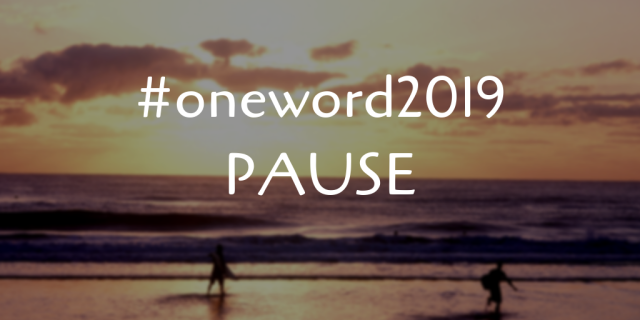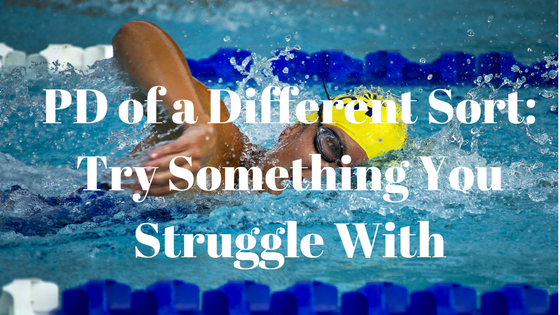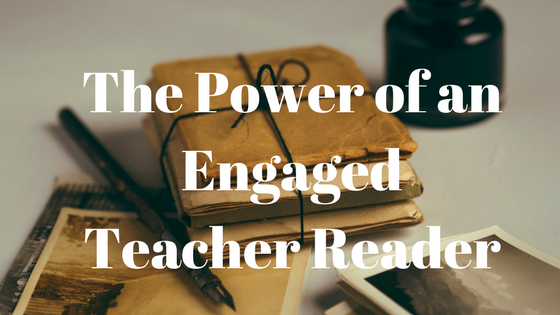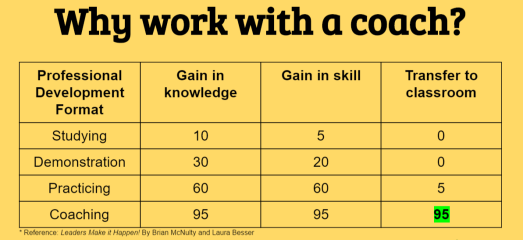
As I thought about what my #oneword should be for 2019, I wanted a word that was timely and intentional–one that addressed my current season of life, professionally and personally.
My life, as with the lives of many, has a lot going on. My husband and I both work full time and are fully committed to our careers. We are equally committed to our two children, a six-year-old and four-month-old. Along with that, we are committed to growing our marriage, our financial outlook, health, and our personal growth.
I don’t use the term “busy,” because it’s an overused term and we all have the same minutes in a day to get things accomplished. But, there are times when I allow myself to be rushed, so I fail to…
- enjoy the moment
- parent with love and logic
- be strategic in my work
- be intentional with my marriage
- make good food choices
- etc
My one word is PAUSE. We think we don’t have time to pause, but that is a lie we tell ourselves. We control our time way more than we think we do.
In 2019, I will pause to…
- teach my six-year-old how to make good choices, not just lecture that he should
- intentionally plan quality time with my husband
- enjoy the precious moments of our baby growing up
- make good food choices
- be strategic in my work
- really listen to the perspective of others
- have a conversation with others to build relationships
- remind myself to give myself grace
- just to take in life
- etc
That list of reasons to pause could go on and on. My commitment is to pause to live a better life. Life can control you or you can strategically implement life. I choose to pause and to strategically implement.








